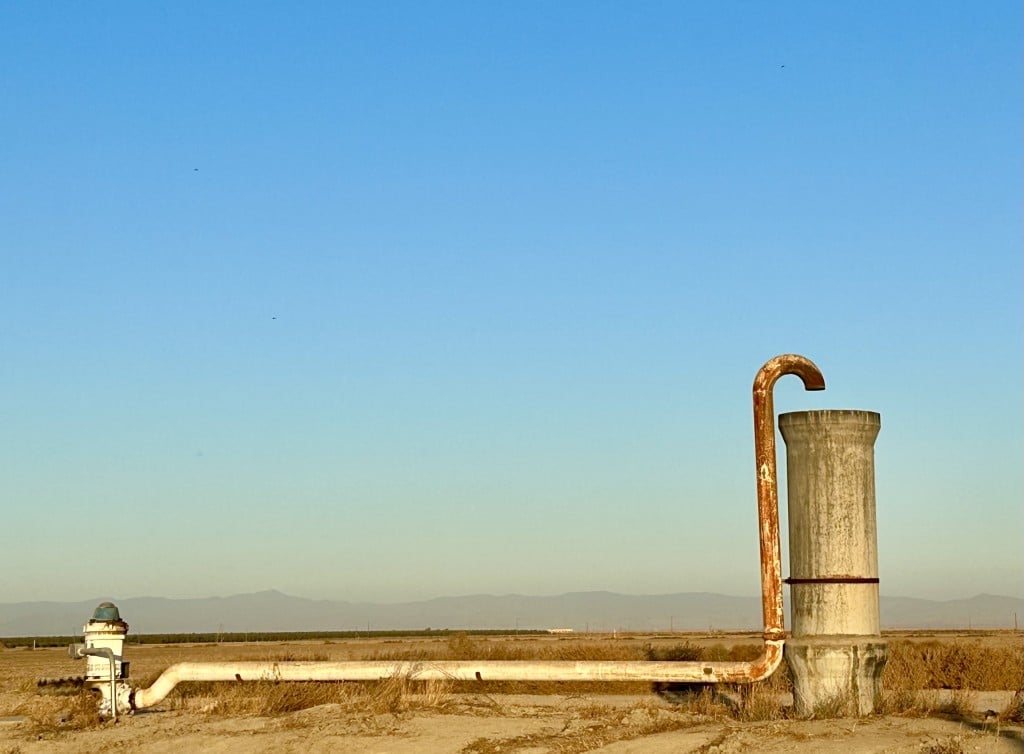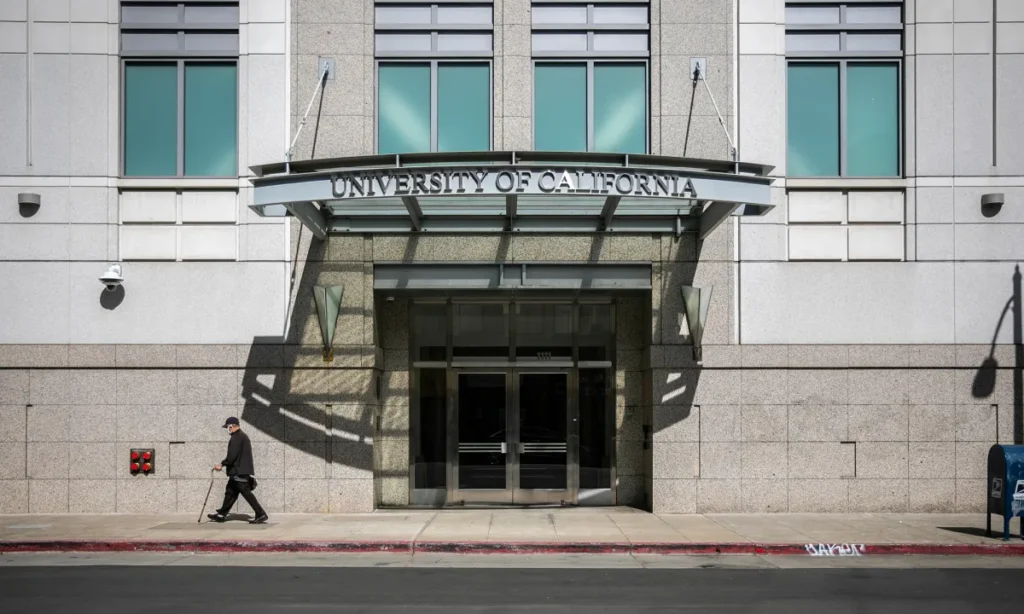Share
LOS BANOS — One of the most recent threats to California’s environment has webbed feet, white whiskers, shaggy fur and orange buck teeth that could be mistaken for carrots.
“Boy, they’re an ugly-looking thing,” said David Passadori, an almond and walnut grower. “And the way they multiply — jeez.”
The swamp rodents, called nutria, are setting off alarms in the state. They weigh about 20 pounds each and eat the equivalent of about a fourth of their weight each day by burrowing into riverbanks and chomping into plants that emerge from the water.
The animals can destroy the wetland habitats of rare and endangered species, degrading soil, ruining crops and carrying pathogens that may threaten livestock.
Most of all, they pose a public safety risk: Left unchecked, nutria could jeopardize California’s water supply, especially if they get into the Sacramento-San Joaquin River Delta.
The delta is the “heartbeat of California’s water infrastructure,” said Peter Tira, spokesman for the state’s Department of Fish and Wildlife. The network of more than 1,000 miles of canals and levees protects the area from flooding, provides drinking water to millions of Californians and provides essential irrigation for crops.
Now, armed with $10 million in state funds, the wildlife agency is deploying new tactics to eradicate the nutria and try to prevent the widespread destruction they are known to cause.
Nutria Were Believed to Have Been Eradicated
“Over the past two years, our best efforts were trying to not even control the population but keep it from exploding while we pursued the resources needed to actually pursue eradication,” said Valerie Cook, environmental program manager for Fish and Wildlife’s newly established Nutria Eradication Program.
An invasive species originally from South America and brought to the U.S. at the height of the fur trade in the late 19th century, nutria were believed to have been eradicated in the state in the 1970s until one turned up in a beaver trap in 2017. Since then, more than 700 nutria have been trapped and killed, including four on Passadori’s property.
Farmers, landowners and biologists in the Central Valley have been on high alert.
On a recent morning in Merced County, where the most nutria have been found, state biologists Greg Gerstenberg and Sean McCain paddled in kayaks in a wetland pond thick with cattails. Wearing waders, they trudged through chest-deep water to check surveillance cameras and cage traps where they leave sweet potato pieces to entice the invasive rodents.

Central Valley Is the Most Productive Agricultural Region in U.S.
Last year, wildlife officials removed almost 90 nutria from this pond. Gerstenberg and McCain have returned because they believe at least a few nutria are back. But on this morning they found only muskrats, smaller swamp-dwelling rodents, and released them back into the pond.
The Valley is the United States’ most productive agricultural region, responsible for more than half the nation’s fruits, vegetables and nuts, including almost all its apricots, table grapes, carrots, asparagus and tree nuts. Federal Department of Agriculture figures put the market value of Central Valley agricultural production in 2017 at almost $29 billion.
Damage to the region’s soil or water infrastructure would be devastating to the economy and diet.
“It would mean no more sushi because the alternative would be to buy rice from Japan or Korea, where the price is five times higher,” said Daniel Sumner, director of the Agricultural Issues Center at the University of California-Davis. “Kiss off carrots, or live without table grapes in the summertime.”
Trail cameras and landowners have helped locate the elusive, nocturnal creatures over an area of almost 13,300 square miles that wildlife officials are evaluating for nutria habitats. Live traps baited with sweet potato donated by farmers help capture them. Once identified as nutria, the animals are shot. Tira said about three-quarters of female nutria have been found pregnant — they can have up to three litters a year, allowing them to repopulate quickly.
Nutria Can Also Harm Wetlands
The new attention and funding will allow Fish and Wildlife to hire 46 dedicated staff. By December, the agency will launch what’s known as a Judas Nutria program that would outfit surgically sterilized nutria with radio collars and send them out in the wild. Because the animals are so social, they will lead the team to other nutria.
Before year’s end, Fish and Wildlife will start genetically testing the nutria to determine where they came from. Tira said migration from Oregon or Washington is doubtful, but the team isn’t sure whether the nutria were reintroduced to California or part of a remnant population.
Taking a cue from Maryland’s eastern shore and parts of Delaware and Virginia, officials also will test dogs trained to sniff out the rodents’ scent and scat.
“We can’t be successful if we can’t find every single animal,” Cook said.
Besides threatening agriculture and infrastructure, nutria can harm wetlands, which play a critical role in keeping carbon dioxide out of the atmosphere and helping mitigate global warming.
The Central Valley also hosts the largest concentration of migratory waterfowl on Earth, said Ric Ortega, the Grassland Water District’s general manager.
“We only have so much surface water storage in California,” he said. “It’s not a wetland if it’s not wet. The nutria complicate that.”
Categories



















